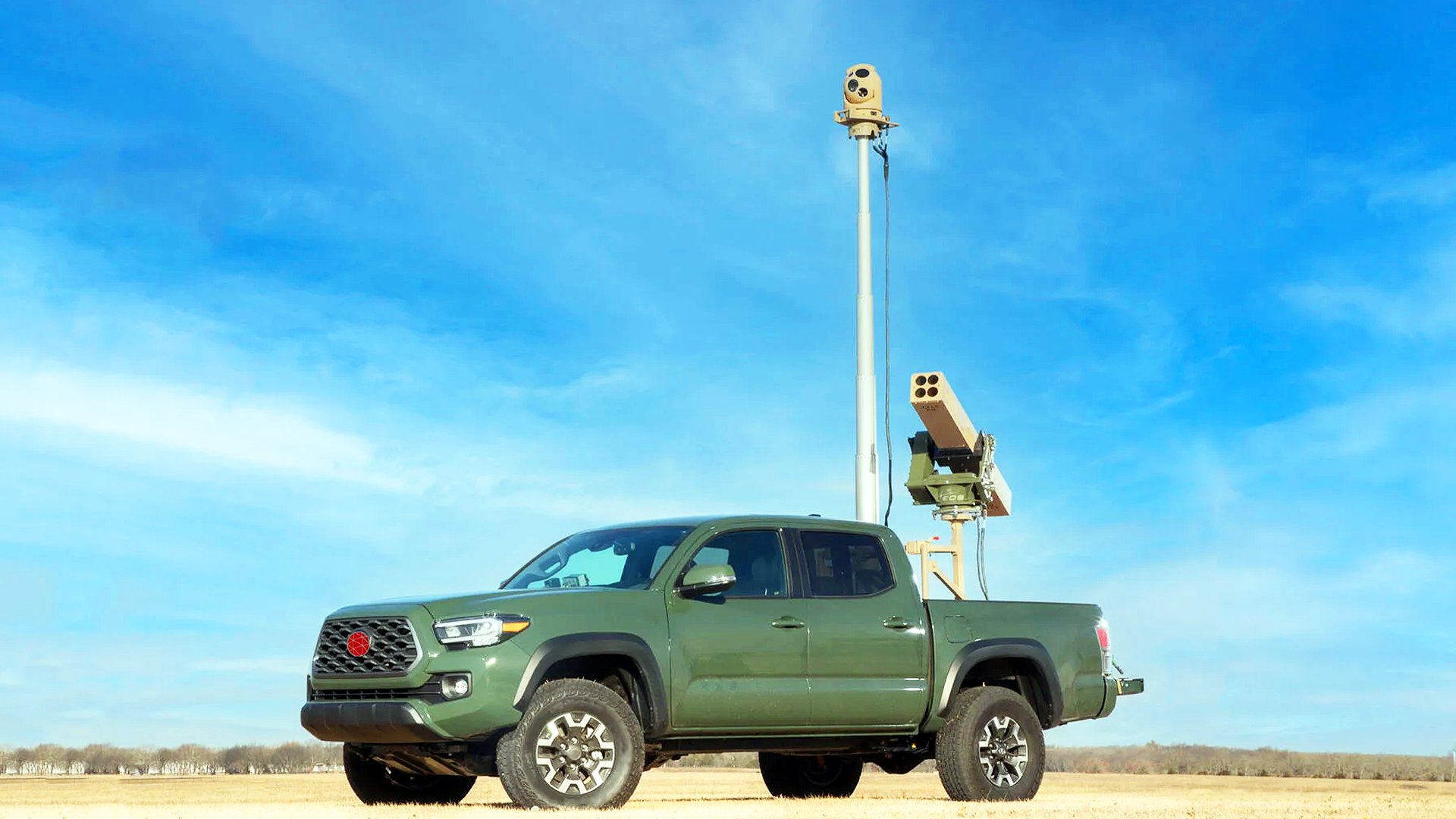A new military assistance package was announced by the Pentagon this week worth nearly $3 billion, making it the largest pledge of military aid from the United States ever. Listed among the weapons and other materiel is the “VAMPIRE Counter-Unmanned Aerial System,” a relatively new system that the United States has not previously announced as being included in previous tranches of Ukrainian aid. The truth is VAMPIRE is more than a counter-drone system. Here’s what it actually is and what it can do for Ukrainian forces that are working to beat back the Russian military.
Overall, the new aid package is set to provide weaponry and ammunition to Ukrainian forces over an undisclosed number of years under the Ukraine Security Assistance Initiative (USAI) and is meant to help address the country’s longer-term defense needs. You can read more about all of this in The War Zone‘s earlier reporting on the package. The “VAMPIRE Counter-Unmanned Aerial Systems” was listed third to last among the materiel disclosed in the Pentagon’s announcement, and no further context was initially provided. Initially, there was some confusion among media outlets about what exactly the system was, which led to the misidentification of the system as being an unmanned aircraft that belongs to an unrelated U.K. Royal Navy program meant to develop ship-launched drones called Project Vampire.
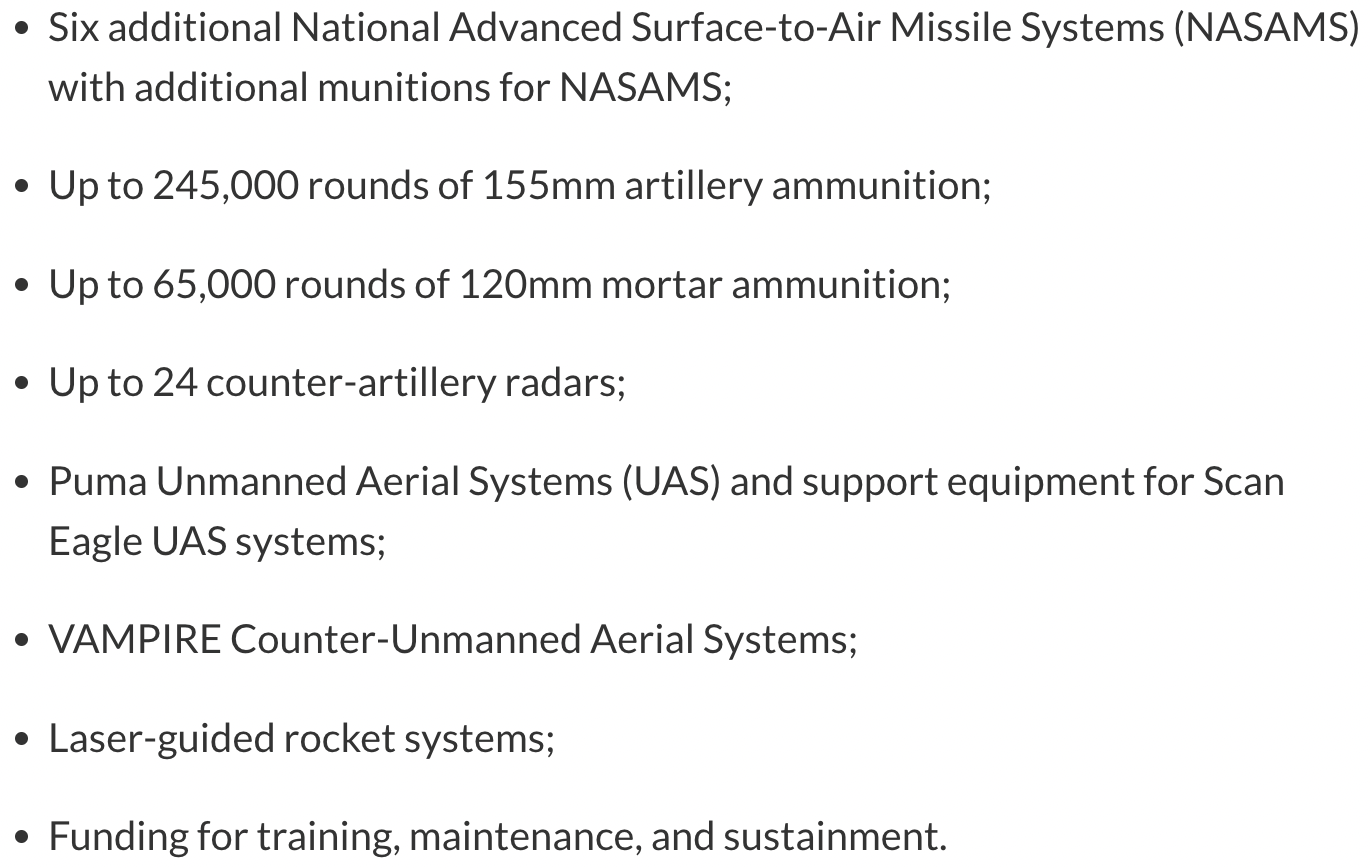
The VAMPIRE, however, is not a drone but an acronym for L3Harris’ new Vehicle-Agnostic Modular Palletized ISR Rocket Equipment system, which is designed to strike ground targets and to take out low-flying aircraft, especially drones.
When speaking to reporters after the newest aid package was first announced, Pentagon Undersecretary of Defense for Policy Colin Kahl described VAMPIRE as being a “kinetic system” and went on to add that it “uses small missiles, essentially, to shoot [unmanned aerial vehicles] out of the sky.” According to the L3Harris’ website, in its unconfigured and uncustomized state, VAMPIRE “is a portable kit that can be installed on most vehicles with a cargo bed for the launching of the” 70mm Advanced Precision Kill Weapon System II (APKWS II) laser-guided rockets “or other laser-guided munitions.”
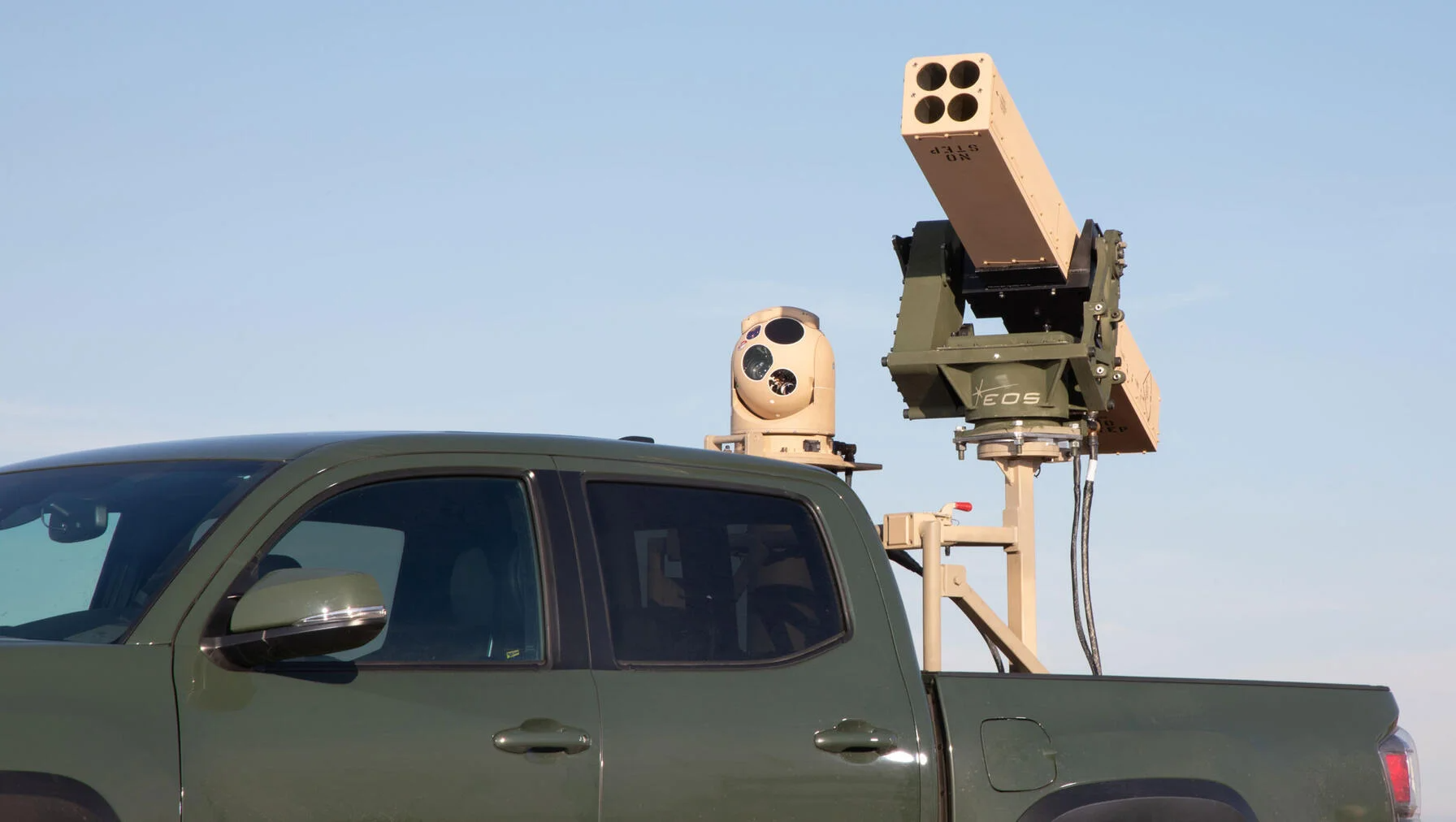
APKWS II takes an unguided 70mm rocket and turns it into a precision weapon via a laser seeker guidance section and a control unit that homes in on the spot generated by a laser designator. They can be extremely accurate and cause minimal collateral damage. Each APKWS II round costs roughly $27,500 all-included (rocket motor, warhead, and guidance kit).


VAMPIRE consists of a four-round launcher for 70mm laser-guided rockets, such as the APKWS II, as well as a WESCAM MX-RSTA or similar electro-optical/infrared modular sensor ball and laser designator that can be elevated via a telescoping mast. A self-contained power supply and a centralized control system are also part of the package. The palletized system can fit in truck beds or even be installed in a fixed position.
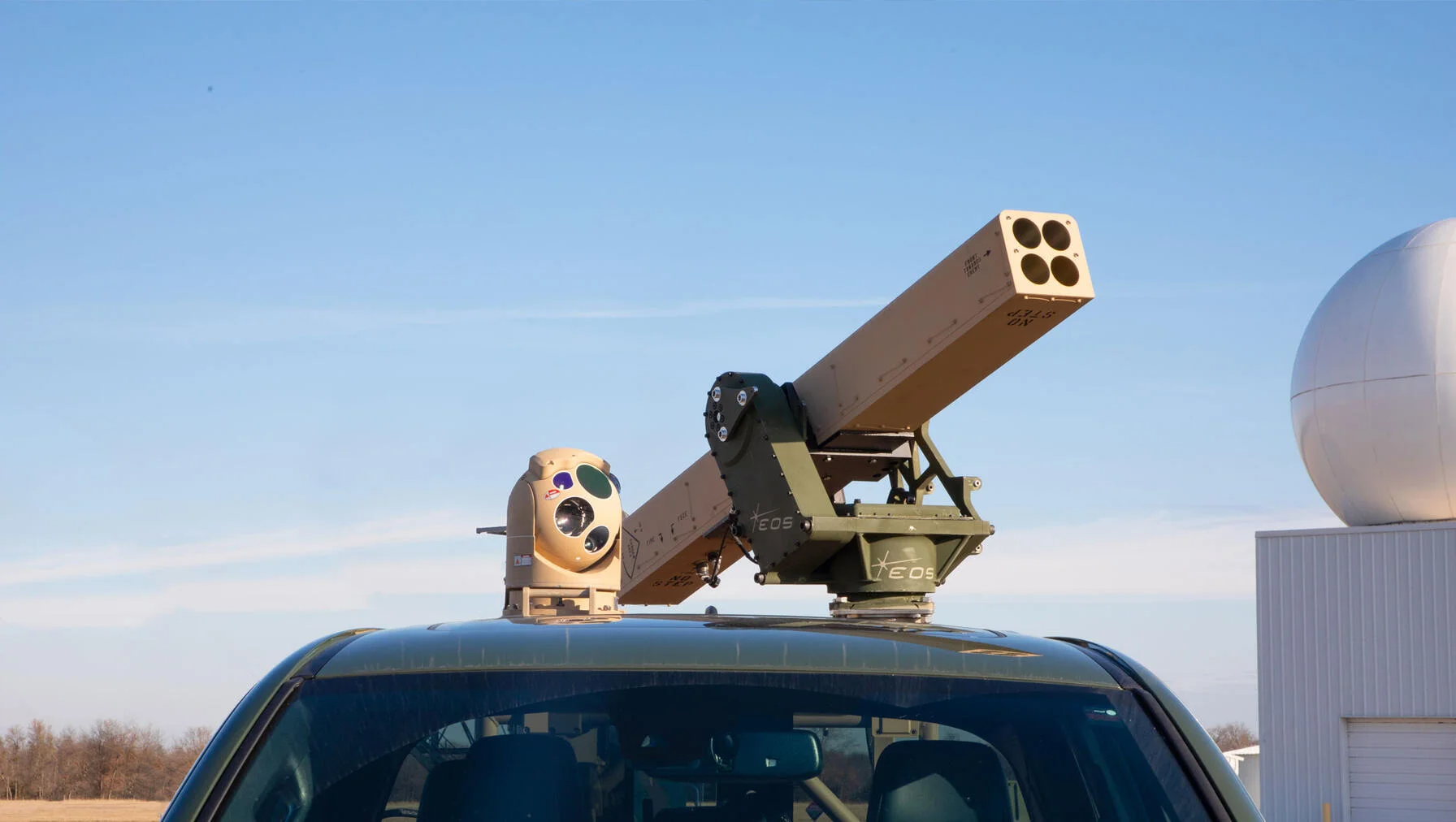
VAMPIRE can also be configured with different sensors to better suit the needs of the end user, according to L3Harris. This is where the mystery comes into play, as the specific VAMPIRE configuration to be delivered to Ukraine has not neem divulged.
L3Harris has not primarily promoted the VAMPIRE as a C-UAS capability. However, the company does clearly say that VAMPIRE is capable of engaging aerial targets like drones, and a promotional video shared by the company (and can be seen below) does explain that L3Harris’ Advanced Video Tracking can lock on moving targets all while an MQ-9 Reaper can be seen in the footage through the lens of VAMPIRE’s infrared camera.
The brochure for the system also clearly states that it can be used against airborne targets, with a variant of the TDRS Twin Hawk target drone, also described as a “Group III” unmanned aircraft system (UAS), shown as an example. Per the U.S. military’s drone categorization system, Group 3 UASs are unmanned aircraft with maximum weights of between 56 and 1,320 pounds, that can fly at altitudes up to 18,000 feet, and that have top speeds of 250 knots or less.
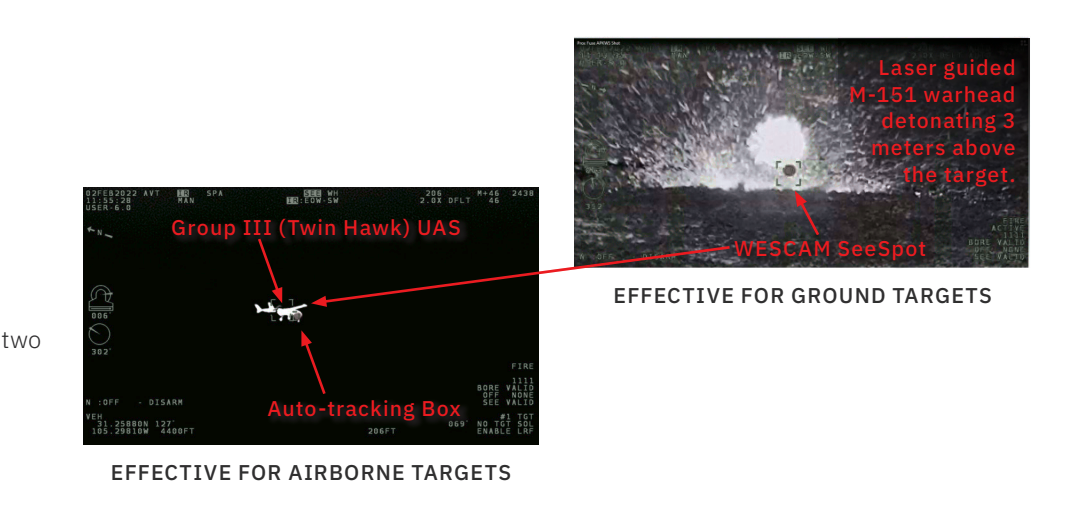
It isn’t clear how expansive VAMPIRE’s air-to-air capabilities might be beyond engaging drones, but slow-moving helicopters could potentially be a juicy target for it, as well. Its range is limited, especially in ground-launched form, though. When air-launched, the APKWS II has a range of around three miles when launched by a helicopter under ideal conditions. When ground-launched, its reach would be far less.
The use of APKWS II in the anti-air role may seem really obscure, but it is a growing application for the system. In fact, making use of their more sensitive AESA radars and advanced targeting pods, USAF F-16s have been testing APKWS II as an air-to-air weapon. It would give the jets a far deeper and more affordable arsenal for engaging large groups of cruise missiles. You can read all about these trials in this War Zone exclusive report.
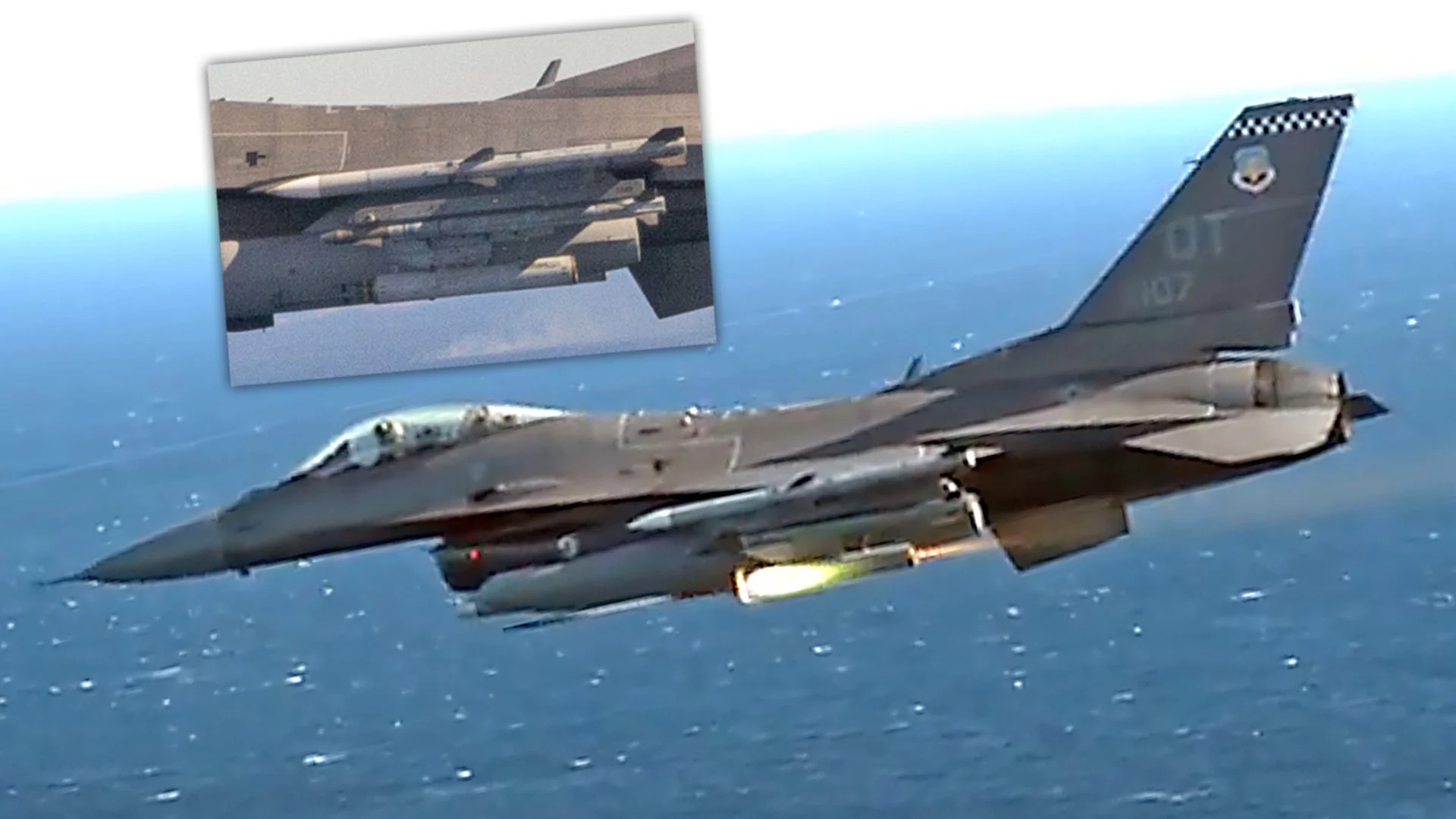
Another important feature of VAMPIRE is its ability to be installed in most pick-up trucks, civilian or military, with a flat cargo bed. Ukraine’s plucky and resourceful ground forces have adapted all types of ground vehicles into weapons, including equipping light trucks with missiles for air defense applications. As such, VAMPIRE seems like a good match for Ukraine due to its easy adaptability to different platforms, simplicity, large potential supply of ammunition, and fairly advanced precision capabilities.
But it’s not just about swatting drones, VAMPIRE can be used against ground targets, such as vehicles and troops, as it was primarily designed to do.
VAMPIRE, in its advertised configuration, includes the ability to raise a large mast to give its sensor ball a much more commanding line of sight of its surroundings. This same system would ‘paint’ a target with its laser for the APKWS to engage, allowing the rocket to fly out to its maximum range to hit enemy ground targets. Because of its high mobility, VAMPIRE can do this in a ‘scoot and shoot’ fashion, hitting a target and moving to a new location before the enemy can attack the launcher. These types of tactics are being heavily leveraged by Ukrainian anti-tank missile teams already, including some that are even using motorcycles to get in and out quickly. The mast could also allow for the system to work as a very capable surveillance tool, even if the vehicle is deeply concealed by vegetation or behind a berm.
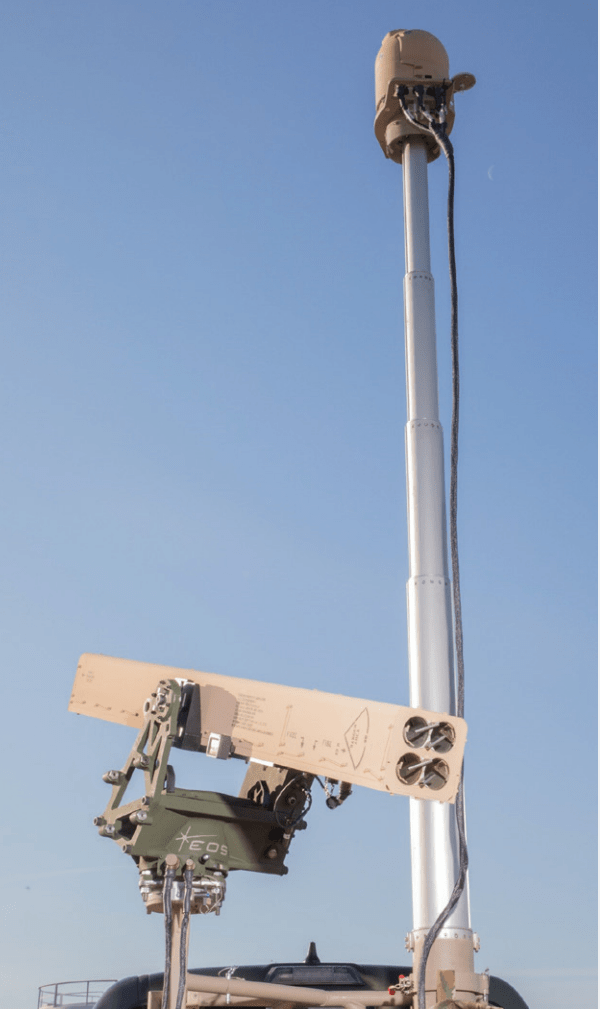
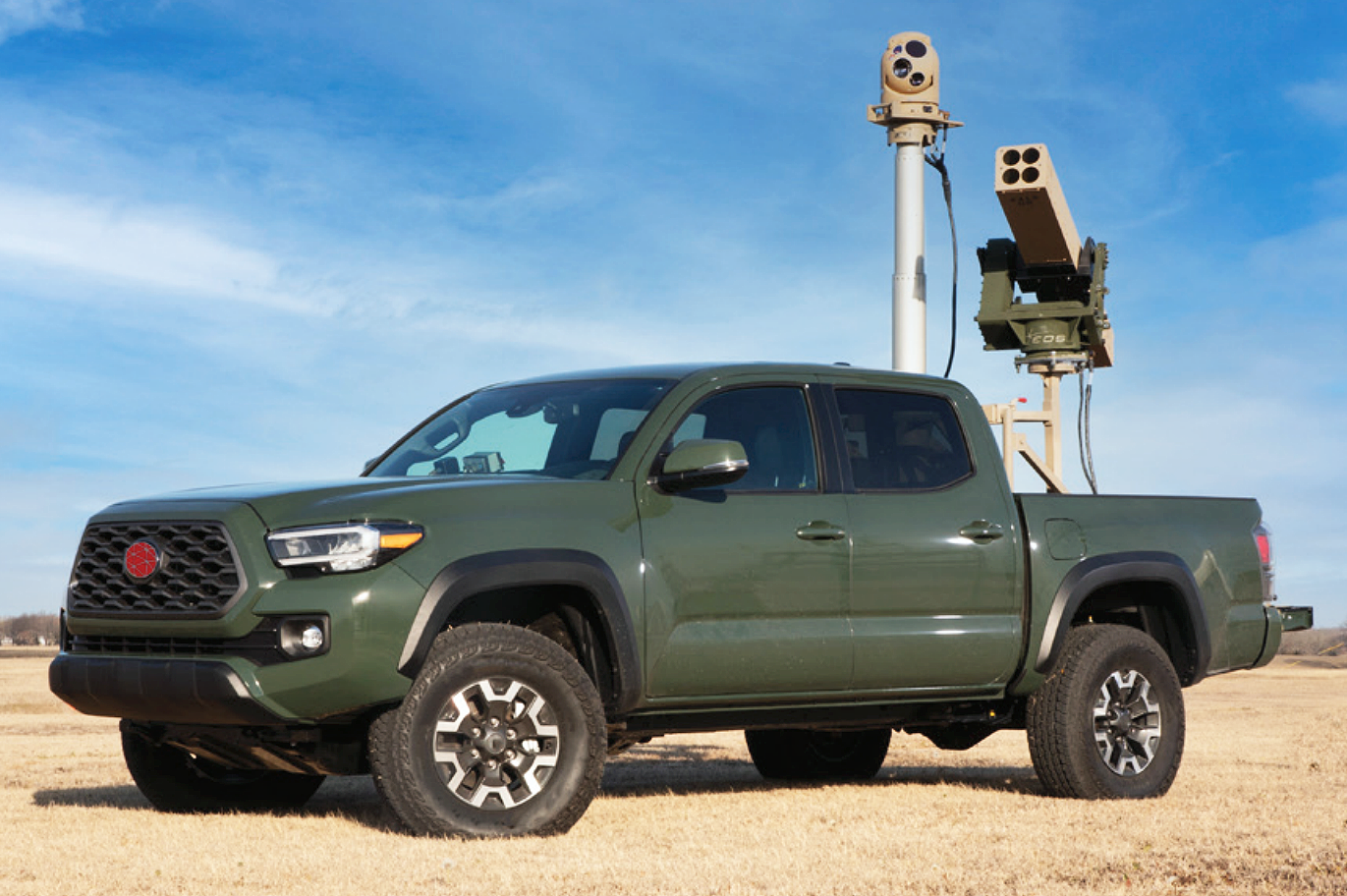
With that, it is interesting to note that back in May, the U.S. military announced its plans to transfer APKWS II rockets to Ukraine, but neglected to disclose what platform the munitions would be fired from. On top of that, Germany recently announced its own plans to deliver pick-ups equipped with 70mm launchers capable of firing laser-guided rockets. While intriguing, it is unclear if both transfers are at all related to the delivery of VAMPIRE. Other concepts do exist, including mounting similar launchers on M113 armored personnel carriers which Ukraine is now using, as well as on MRZR buggies. The possibility that the guided rockets could also be used by another undisclosed platform, including a drone, also exists.
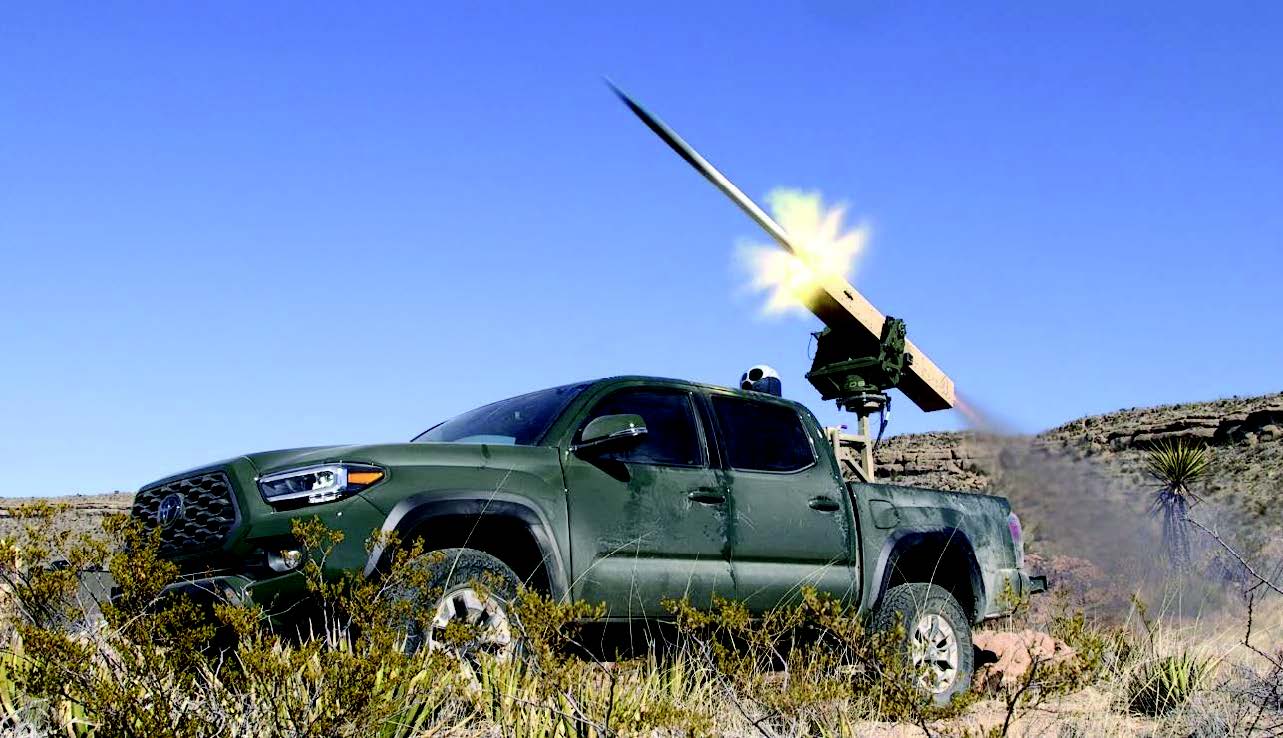
Needless to say, sending a new C-UAS system to Ukraine would make complete sense considering the effect that drones have had on both sides of the conflict in Ukraine. There are numerous examples of Russian troops especially using various types of drones for artillery spotting, general surveillance, and employing improvised munitions. The ground attack capability is equally as relevant.
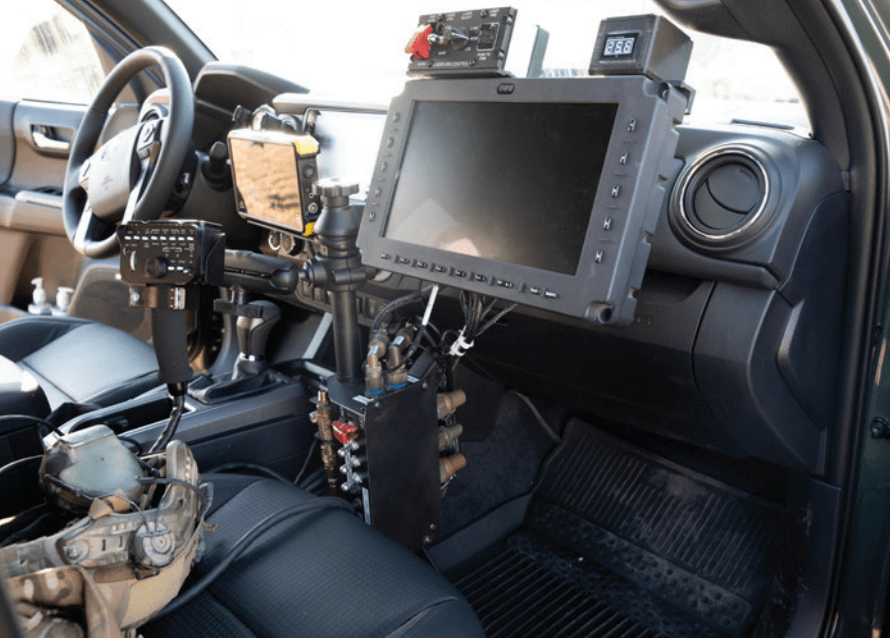
Not only that, but recent reports have pointed to the very real possibility that Russia has begun buying a massive amount of drones from Iran in order to skirt sanctions, which certainly has the potential to change the reality of the battlefield as the conflict rages on. This idea is further supported by the fact that the recent aid package is aimed at addressing Ukraine’s long-term needs, which are being understood through talks with Washington that give Ukraine the chance to explain what capabilities it requires and why.
If indeed VAMPIRE is delivered in its basic form, Ukraine will have a new weapon for swatting down enemy drones and a new direct fire capability that comes with scalpel-like precision.
Contact the author: Emma@thewarzone.com and Tyler@thedrive.com
